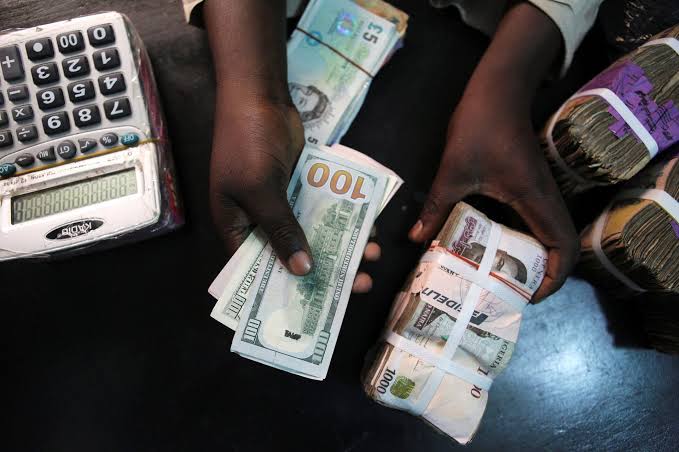The naira continued to face pressure on Friday, trading in the mid-₦1,400 range at the official Nigerian Foreign Exchange Market (NFEM) while the parallel market offered the dollar at a much higher rate.
Key exchange rates
At the NFEM, the official volume-weighted average (VWAP) hovered between ₦1,470 and ₦1,475 per dollar — the same range reflected in Central Bank and interbank data.
Historical figures also show the naira holding around the mid-₦1,400 level through October.

However, on the parallel market tracked by sources such as AbokiFX and local exchange monitors, the dollar traded between ₦1,480 and ₦1,500, underscoring the continued gap between both markets.
Why the gap persists
Market participants attributed the persistent disparity to limited dollar inflows through official channels, even as demand from importers and portfolio investors fluctuates.
Reports suggest that reduced central bank supply and foreign investors exiting local assets have added further pressure on the currency.
Impact on businesses and consumers
Import-dependent companies are struggling with higher costs as they often turn to the parallel market to source foreign currency.
For remittance recipients, the black market may offer slightly better conversion rates but with unpredictable volatility.
Meanwhile, the persistent gap between both exchange windows continues to fuel inflation, as dollar-linked goods and services become more expensive for ordinary Nigerians.
from GistReel https://ift.tt/T59NnpJ
via IFTTT


0 Comments
Post a Comment